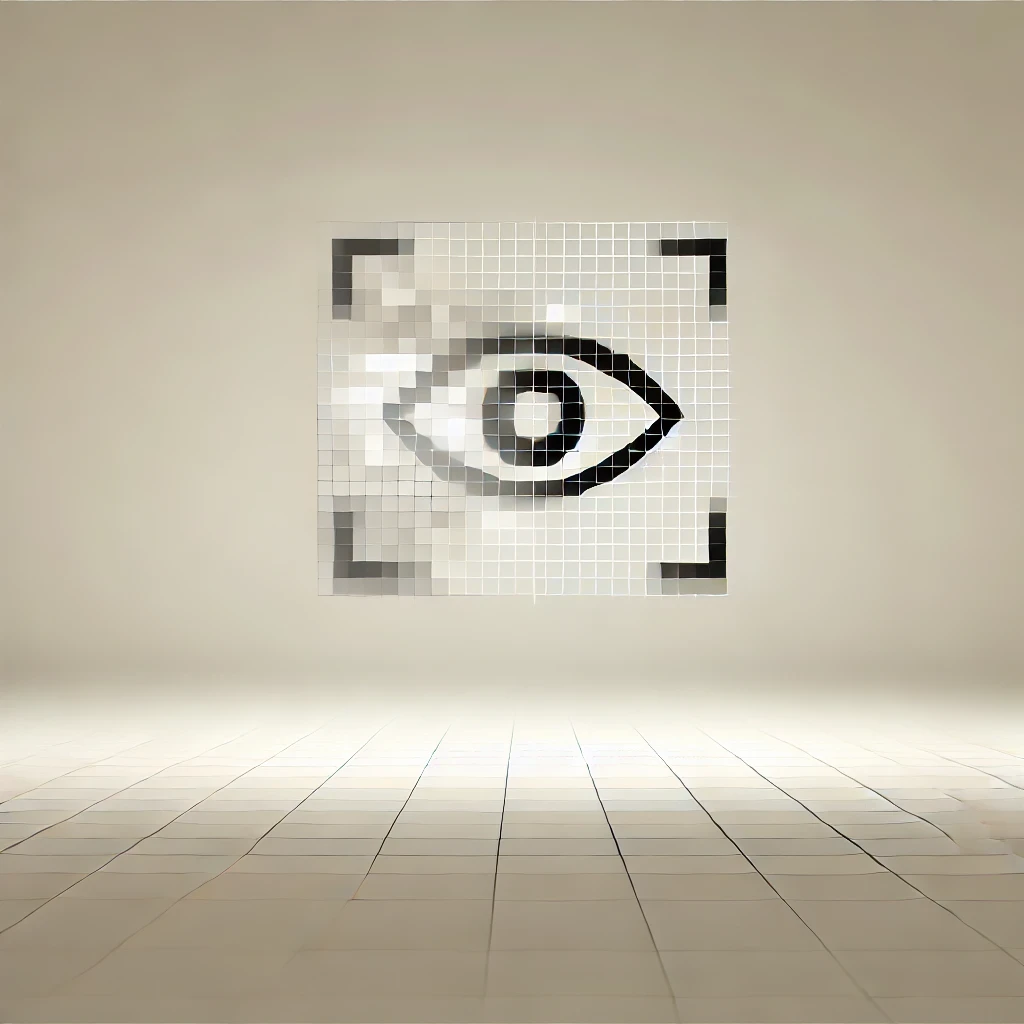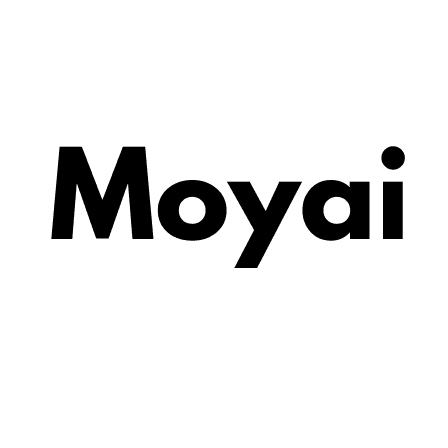Aug 16, 2024
Unifying Computer Vision Tasks: The Power of "All in Tokens"

Robert

[Link to arXiv paper] (https://arxiv.org/abs/2301.02229)
Ever wondered what it would be like if we could solve all computer vision tasks with a single, unified model? That’s exactly what the researchers behind the "All in Tokens" approach set out to achieve. They’ve devised a fascinating method that might just change the game in computer vision. Let's dive into the details!
The Big Idea
The core concept is deceptively simple: take all those diverse visual tasks with their varied outputs and convert them into a common format—tokens. It’s like creating a universal language for computer vision tasks. This clever approach enables the building of a single model capable of handling multiple visual tasks, ranging from instance segmentation to depth estimation.
How Does It Work?
The magic of this approach revolves around three key components:
1. Tokenizer
The tokenizer encodes the outputs of visual tasks into a set of tokens, essentially translating the "visual language" into "token language."
2. Detokenizer
This component acts like the Robin to the Tokenizer's Batman, taking the tokens and reconstructing them into the original, task-specific output.
3. Task Solver
The heart of the system, this auto-regressive encoder-decoder model, takes images as input and predicts a sequence of tokens that represent the solution to the given task.
But there’s more! The researchers introduced several clever innovations to enhance the performance of this system.
The Soft Token Revolution
Instead of using hard tokens like in traditional language models, they introduced "soft tokens." These are probability vectors that offer a more nuanced representation of visual information. Think of it like going from black-and-white to grayscale—there’s more subtlety and detail.
Benefits of Soft Tokens
Improved Token Prediction: Soft tokens enhance the accuracy of predicting the next token in the sequence.
Better Task Output Decoding: They improve the process of decoding task-specific outputs.
End-to-End Learning: Soft tokens allow for an auxiliary loss, enabling better end-to-end learning.
Dealing with the Messy Real World
Visual data can be messy—consider occluded areas in depth maps, for example. To handle this, the researchers introduced a "mask augmentation" technique. This method trains the model to fill in missing information by randomly masking parts of the input during training. The model learns to recover ground truth for undefined areas, making it more robust in real-world applications.
Keeping It Lightweight
Another smart move was using a lightweight VQ-VAE (Vector Quantized Variational Autoencoder) with just a few layers and a small codebook as the tokenizer. This choice keeps the computational overhead low, making the system more efficient and practical for real-world use.
Does It Actually Work?
Short answer: Yes, and impressively so! The researchers tested their approach on two very different tasks:
Instance segmentation (discrete, fixed-length output)
Depth estimation (continuous, varied-length output)
The results were remarkable: they achieved competitive accuracy on the COCO dataset for instance segmentation and set a new state-of-the-art on the NYUv2 dataset for depth estimation.
Why This Matters
Unified Model: This approach could pave the way for general-purpose visual task solvers, essentially a Swiss Army knife for computer vision.
Efficiency: By consolidating different tasks under a single model, we could reduce the need for task-specific models and training, saving resources.
Flexibility: The soft token system is especially effective for handling continuous outputs, expanding the range of tasks the model can address.
Food for Thought
While this work is undeniably exciting, it raises some interesting questions for further exploration:
How well can this approach scale to a wider range of visual tasks?
What are the computational trade-offs when using a unified model versus specialized task-specific models?
Could this method be extended beyond computer vision to other domains?
The Bottom Line
"All in Tokens" represents a bold step towards unifying visual tasks under a single model. By transforming diverse visual outputs into tokens and leveraging innovative techniques like soft tokens and mask augmentation, the researchers have shown that it’s possible to create a general-purpose visual task solver that doesn’t compromise on performance.
As the AI and computer vision fields continue to evolve, approaches like this that strive to unify and generalize our models could be the key to unlocking the next level of AI capabilities. It’s an exciting time for the field, and "All in Tokens" is definitely a paper worth keeping an eye on!
Aug 16, 2024
Unifying Computer Vision Tasks: The Power of "All in Tokens"

Robert

[Link to arXiv paper] (https://arxiv.org/abs/2301.02229)
Ever wondered what it would be like if we could solve all computer vision tasks with a single, unified model? That’s exactly what the researchers behind the "All in Tokens" approach set out to achieve. They’ve devised a fascinating method that might just change the game in computer vision. Let's dive into the details!
The Big Idea
The core concept is deceptively simple: take all those diverse visual tasks with their varied outputs and convert them into a common format—tokens. It’s like creating a universal language for computer vision tasks. This clever approach enables the building of a single model capable of handling multiple visual tasks, ranging from instance segmentation to depth estimation.
How Does It Work?
The magic of this approach revolves around three key components:
1. Tokenizer
The tokenizer encodes the outputs of visual tasks into a set of tokens, essentially translating the "visual language" into "token language."
2. Detokenizer
This component acts like the Robin to the Tokenizer's Batman, taking the tokens and reconstructing them into the original, task-specific output.
3. Task Solver
The heart of the system, this auto-regressive encoder-decoder model, takes images as input and predicts a sequence of tokens that represent the solution to the given task.
But there’s more! The researchers introduced several clever innovations to enhance the performance of this system.
The Soft Token Revolution
Instead of using hard tokens like in traditional language models, they introduced "soft tokens." These are probability vectors that offer a more nuanced representation of visual information. Think of it like going from black-and-white to grayscale—there’s more subtlety and detail.
Benefits of Soft Tokens
Improved Token Prediction: Soft tokens enhance the accuracy of predicting the next token in the sequence.
Better Task Output Decoding: They improve the process of decoding task-specific outputs.
End-to-End Learning: Soft tokens allow for an auxiliary loss, enabling better end-to-end learning.
Dealing with the Messy Real World
Visual data can be messy—consider occluded areas in depth maps, for example. To handle this, the researchers introduced a "mask augmentation" technique. This method trains the model to fill in missing information by randomly masking parts of the input during training. The model learns to recover ground truth for undefined areas, making it more robust in real-world applications.
Keeping It Lightweight
Another smart move was using a lightweight VQ-VAE (Vector Quantized Variational Autoencoder) with just a few layers and a small codebook as the tokenizer. This choice keeps the computational overhead low, making the system more efficient and practical for real-world use.
Does It Actually Work?
Short answer: Yes, and impressively so! The researchers tested their approach on two very different tasks:
Instance segmentation (discrete, fixed-length output)
Depth estimation (continuous, varied-length output)
The results were remarkable: they achieved competitive accuracy on the COCO dataset for instance segmentation and set a new state-of-the-art on the NYUv2 dataset for depth estimation.
Why This Matters
Unified Model: This approach could pave the way for general-purpose visual task solvers, essentially a Swiss Army knife for computer vision.
Efficiency: By consolidating different tasks under a single model, we could reduce the need for task-specific models and training, saving resources.
Flexibility: The soft token system is especially effective for handling continuous outputs, expanding the range of tasks the model can address.
Food for Thought
While this work is undeniably exciting, it raises some interesting questions for further exploration:
How well can this approach scale to a wider range of visual tasks?
What are the computational trade-offs when using a unified model versus specialized task-specific models?
Could this method be extended beyond computer vision to other domains?
The Bottom Line
"All in Tokens" represents a bold step towards unifying visual tasks under a single model. By transforming diverse visual outputs into tokens and leveraging innovative techniques like soft tokens and mask augmentation, the researchers have shown that it’s possible to create a general-purpose visual task solver that doesn’t compromise on performance.
As the AI and computer vision fields continue to evolve, approaches like this that strive to unify and generalize our models could be the key to unlocking the next level of AI capabilities. It’s an exciting time for the field, and "All in Tokens" is definitely a paper worth keeping an eye on!
Aug 16, 2024
Unifying Computer Vision Tasks: The Power of "All in Tokens"

Robert

[Link to arXiv paper] (https://arxiv.org/abs/2301.02229)
Ever wondered what it would be like if we could solve all computer vision tasks with a single, unified model? That’s exactly what the researchers behind the "All in Tokens" approach set out to achieve. They’ve devised a fascinating method that might just change the game in computer vision. Let's dive into the details!
The Big Idea
The core concept is deceptively simple: take all those diverse visual tasks with their varied outputs and convert them into a common format—tokens. It’s like creating a universal language for computer vision tasks. This clever approach enables the building of a single model capable of handling multiple visual tasks, ranging from instance segmentation to depth estimation.
How Does It Work?
The magic of this approach revolves around three key components:
1. Tokenizer
The tokenizer encodes the outputs of visual tasks into a set of tokens, essentially translating the "visual language" into "token language."
2. Detokenizer
This component acts like the Robin to the Tokenizer's Batman, taking the tokens and reconstructing them into the original, task-specific output.
3. Task Solver
The heart of the system, this auto-regressive encoder-decoder model, takes images as input and predicts a sequence of tokens that represent the solution to the given task.
But there’s more! The researchers introduced several clever innovations to enhance the performance of this system.
The Soft Token Revolution
Instead of using hard tokens like in traditional language models, they introduced "soft tokens." These are probability vectors that offer a more nuanced representation of visual information. Think of it like going from black-and-white to grayscale—there’s more subtlety and detail.
Benefits of Soft Tokens
Improved Token Prediction: Soft tokens enhance the accuracy of predicting the next token in the sequence.
Better Task Output Decoding: They improve the process of decoding task-specific outputs.
End-to-End Learning: Soft tokens allow for an auxiliary loss, enabling better end-to-end learning.
Dealing with the Messy Real World
Visual data can be messy—consider occluded areas in depth maps, for example. To handle this, the researchers introduced a "mask augmentation" technique. This method trains the model to fill in missing information by randomly masking parts of the input during training. The model learns to recover ground truth for undefined areas, making it more robust in real-world applications.
Keeping It Lightweight
Another smart move was using a lightweight VQ-VAE (Vector Quantized Variational Autoencoder) with just a few layers and a small codebook as the tokenizer. This choice keeps the computational overhead low, making the system more efficient and practical for real-world use.
Does It Actually Work?
Short answer: Yes, and impressively so! The researchers tested their approach on two very different tasks:
Instance segmentation (discrete, fixed-length output)
Depth estimation (continuous, varied-length output)
The results were remarkable: they achieved competitive accuracy on the COCO dataset for instance segmentation and set a new state-of-the-art on the NYUv2 dataset for depth estimation.
Why This Matters
Unified Model: This approach could pave the way for general-purpose visual task solvers, essentially a Swiss Army knife for computer vision.
Efficiency: By consolidating different tasks under a single model, we could reduce the need for task-specific models and training, saving resources.
Flexibility: The soft token system is especially effective for handling continuous outputs, expanding the range of tasks the model can address.
Food for Thought
While this work is undeniably exciting, it raises some interesting questions for further exploration:
How well can this approach scale to a wider range of visual tasks?
What are the computational trade-offs when using a unified model versus specialized task-specific models?
Could this method be extended beyond computer vision to other domains?
The Bottom Line
"All in Tokens" represents a bold step towards unifying visual tasks under a single model. By transforming diverse visual outputs into tokens and leveraging innovative techniques like soft tokens and mask augmentation, the researchers have shown that it’s possible to create a general-purpose visual task solver that doesn’t compromise on performance.
As the AI and computer vision fields continue to evolve, approaches like this that strive to unify and generalize our models could be the key to unlocking the next level of AI capabilities. It’s an exciting time for the field, and "All in Tokens" is definitely a paper worth keeping an eye on!

Get Started Now
Use Fine-Tuning To Improve your AI Models
Connect real-life data to continuously improve the performance of your model
Moyai ― All rights reserved.

Get Started Now
Use Fine-Tuning To Improve your AI Models
Connect real-life data to continuously improve the performance of your model
Moyai ― All rights reserved.

Get Started Now
Use Fine-Tuning To Improve your AI Models
Connect real-life data to continuously improve the performance of your model
Moyai ― All rights reserved.
